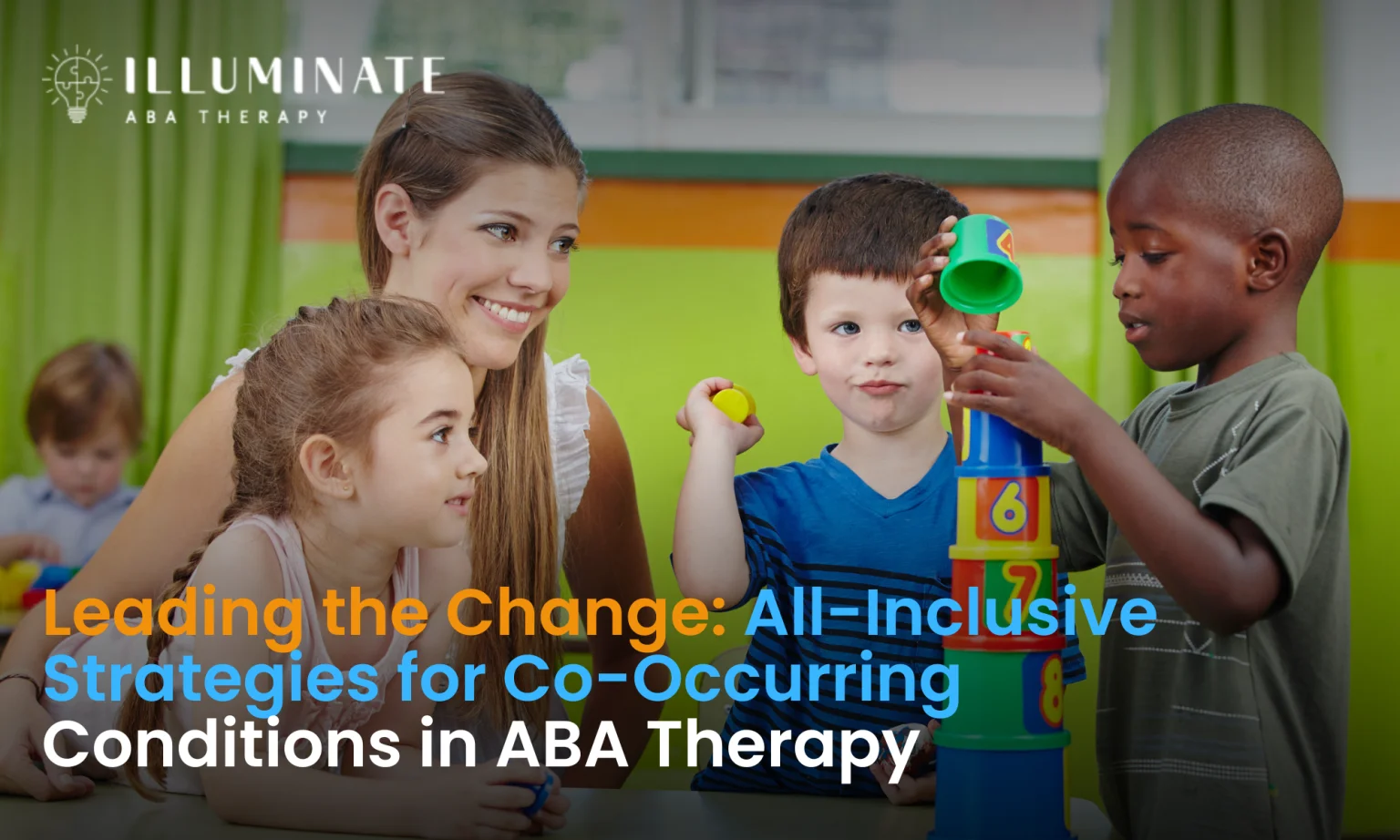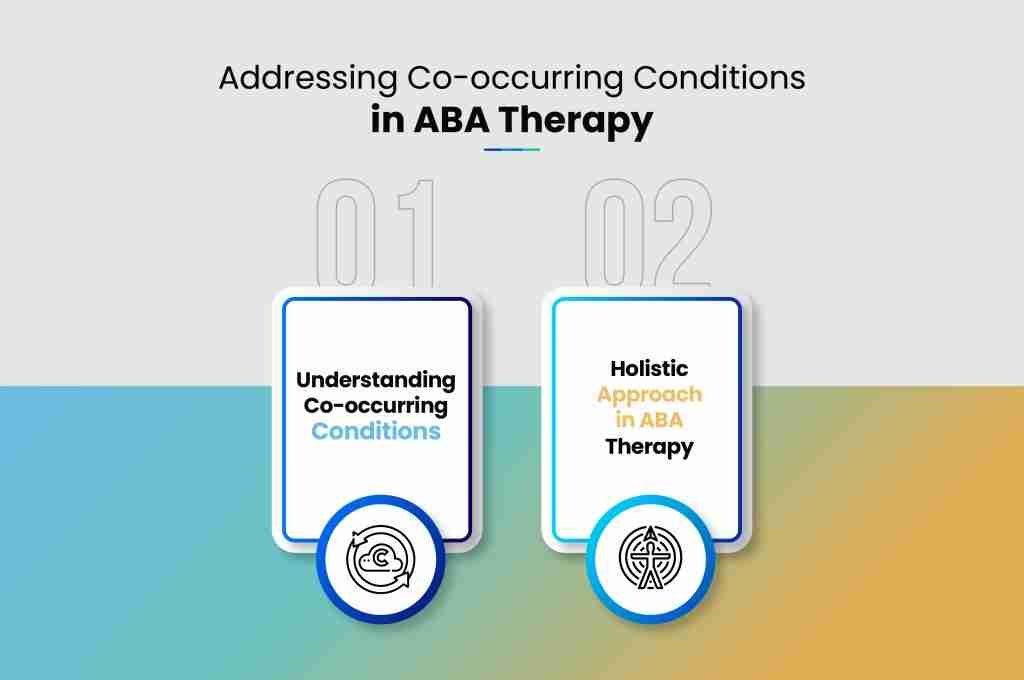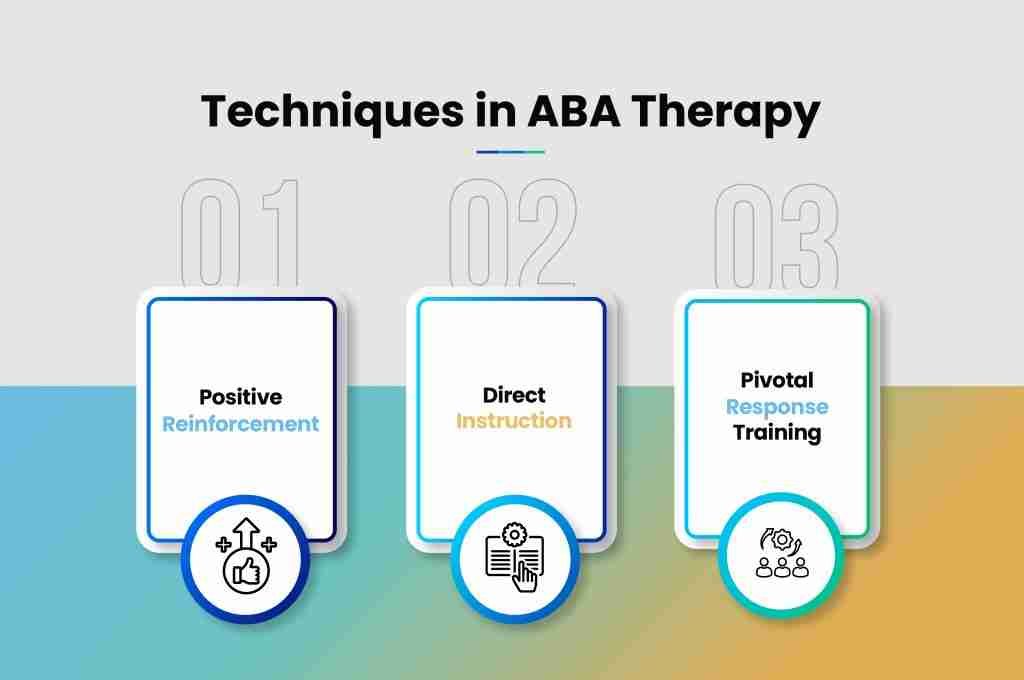Leading the Change: All-Inclusive Strategies for Co-Occurring Conditions in ABA Therapy
ABA TherapyJuly 17, 2025

Social Skills Training in ABA Therapy
Helping kids with autism get along with others is the bread and butter of Applied Behavior Analysis (ABA). Think of it as a superpower that aids them in understanding and joining in on the social dance.
Why Social Skills Matter
In the world of ABA therapy, learning how to make friends and chat it up is a big deal. It’s all about helping these kiddos connect with folks around them, strike up conversations, and build relationships. Using structured methods and specific techniques, children with autism can grasp the social skills they need to thrive in social circles.
A key to this is positive reinforcement—we're talkin' rewards for good behavior that make kids excited to keep interacting positively with others. It's like finding the perfect carrot to motivate and keep them engaged and interested in social stuff.
Understanding why certain behaviors happen is another piece of the puzzle. Therapists act like detectives, figuring out what's behind certain actions so they can tailor strategies that guide kids towards behaving more positively in social settings. Personalized game plans—these are known as Behavior Intervention Plans (BIPs)—are crafted to help kids learn and grow social skills.
Strategies for Boosting Social Skills
ABA therapy ain't just winging it—yeah, there’s a method to the madness. One such method is Direct Instruction (DI), which breaks down social skills into digestible steps. It provides a clear path for kids to learn and practice socializing under the watchful eye of a guiding hand (Master ABA).
Peer modeling is another nifty trick in the toolkit, where kids learn by watching and mimicking their peers. It's like having a front-row seat to a live demo of how to act around friends. It excels at teaching real-world social do's and don'ts naturally.
Setting up a place where kids feel safe and included is huge in their social skills journey. With fun activities like role-playing, storytelling, and team-based exercises, ABA therapists craft experiences that build understandings of the social scene and boost confidence in communicating and relating to others.
Through focusing on the building blocks of socialization and crafting strategies that vibe with each child’s needs, ABA therapy shines a light on growing social skills and creating enriching social lives for kids with autism. It's a team effort with therapists, families, and teachers working arm in arm, making a real difference in kids' lives and turning their social journey into a rewarding adventure.
Addressing Co-occurring Conditions in ABA Therapy

In Applied Behavior Analysis (ABA) therapy, dealing with multiple conditions at once is key to getting good treatment results. Navigating the landscape of co-existing conditions with a broad perspective in ABA therapy services helps people get interventions that fit them like a glove.
Understanding Co-occurring Conditions
Co-occurring conditions mean having more than one disorder or condition at the same time. When it comes to autism treatment, these conditions can throw a wrench into a person’s overall well-being and how they respond to therapy. Take ADHD, for example – it's often seen alongside autism. ADHD’s symptoms such as lack of focus, too much energy, and impulsiveness can make everyday tasks tough (ABA Centers).
Then there are digestive problems, which can be seen in around 91% of individuals with autism. They can cause serious discomfort with issues like constipation, diarrhea, acid reflux, and tummy aches, all of which make things tricky when trying to treat the main symptoms.
Holistic Approach in ABA Therapy
For tackling co-occurring conditions in ABA therapy, going broad is the name of the game. You have to think about how everything is connected and what that means for someone’s sense of well-being. By looking at a person’s own needs, skills, and challenges, ABA therapists can whip up treatment plans that touch on not just autism but also any side conditions that tag along.
A holistic approach means keeping in mind that these conditions can affect many areas of life. This often includes working with a team of people like doctors, teachers, and family members to make sure the treatment is smooth and on point from all angles.
With this broad approach, people with autism and any additional conditions can get tailored support that not only zooms in on autism's core symptoms but also faces down the specific hurdles they encounter. This all-in-one strategy lets individuals get the help they need to live their best lives and reach their potential in ABA therapy.
Techniques in ABA Therapy

Let's explore some of the gears turning behind Applied Behavior Analysis (ABA) therapy that make it tick. The trio of tactics you're likely to stumble upon are positive reinforcement, direct instruction, and pivotal response training.
Positive Reinforcement
Positive reinforcement, folks, is kind of like the cherry on top in ABA therapy. It's all about dishing out rewards to boost those good behaviors we want to see more of. And, let's get real, everybody loves rewards, right? By tailoring these goodies to what someone's really into, the chances of that behavior sticking around just skyrocket. We use rewards to say, "Hey, that thing you did was awesome, do it again!" This cycle keeps the good vibes rolling and builds a positive loop of growth (Autism Speaks).
In ABA therapy, this tactic is a bit like your supportive, cheerleader buddy. By keeping reinforcement steady and targeted, it helps individuals learn skills and sling them around in different situations like a pro.
Direct Instruction
Direct Instruction (DI) ain't just any ol' teaching method; it's the method that goes step-by-step, hand-in-hand with the learner. The "I do," "we do," "you do" model is what makes it tick, slowly guiding learners till they can fly solo. DI shines, especially when delving into subjects like math, reading, or assisting individuals with ADHD or autism thanks to its clear, no-nonsense structure (Master ABA).
In ABA, this instruction is tweaked to the way one learns best, breaking skills down to bite-sized, understandable bits. By combining direct teaching with steady feedback, DI helps in etching those skills into more than just short-term memory.
Pivotal Response Training
Then there's Pivotal Response Training (PRT), a more targeted method with eyes on the prize— core behaviors influencing a whole suite of other actions. Imagine it as a puzzle where one piece locks the whole picture into place. The aim? Work on those key behaviors that set off a chain reaction, leading to improvements in other areas. Progress checks, tweaks, and teamwork make this method shine bright.
In ABA sessions, PRT is used to strengthen foundational behaviors that ripple out to impact other actions positively. This focus on pivotal behaviors opens up a world of uplifted skill development.
Through mingling positive reinforcement, direct instruction, and pivotal response training, ABA therapy carves out a thoughtful and effective roadmap for addressing behavioral challenges. These techniques aim to fine-tune independence, sharpen skills, and turbocharge life quality for individuals on the ABA therapy track.
Implementing ABA Therapy Programs
Setting up a successful Applied Behavior Analysis (ABA) therapy program for folks with autism hinges on creating a personal touch and teaming up with Board-Certified Behavior Analysts (BCBAs) to hit the best outcomes.
Designing Personal Treatment Plans
One biggie in ABA therapy is crafting plans that are as individual as fingerprints—built around each person’s quirks, strengths, hurdles, and preferences. These plans are pieced together by seasoned BCBAs who really dig into all aspects of an individual's life (Autism Speaks). Taking into account everything from age to what makes their heart sing, the BCBA targets things like chit-chat, school stuff, daily-life skills, and much more.
The nuts and bolts of this therapy are often put in place by pros like registered behavior technicians who work with precision, keeping a sharp eye on bringing real improvements to everyday living (and they ace this task under the watchful eye of BCBAs).
Partnering with Board-Certified Behavior Analysts
The secret ingredient to winning ABA therapy is the teamwork with BCBAs who are no strangers to the art of designing and tweaking strategies that make an impact. These folks have the golden touch for shaping ABA programs to vibe with the individual’s abilities, wants, and the family groove. They don’t just stop at assessments; they’re on their toes continually reviewing progress to keep it relevant and worthwhile.
Through certifications from the Behavior Analyst Certification Board (BACB) including labels like BCBA and BCaBA, the therapists are boxed into a structured framework ensuring top-tier competence in care delivery (Psychology Today). Their toolkit is jam-packed with techniques such as Discrete Trial Training (DTT), modeling, and Picture Exchange Communication System (PECS) so they can handle unique treatment demands with flair (Psychology Today).
The dance between BCBAs and other therapy wizards in ABA is what pushes structured interventions into the success zone, working toward changing behaviors, teaching new tricks, and paving the path for genuine progress in individuals with autism. With down-to-earth treatment plans and a sprinkle of BCBA know-how, ABA therapy can mark those gentle yet profound changes on the lives it touches.
Get More Insights On: Mastering Functional Behavior Assessments (FBAs)
